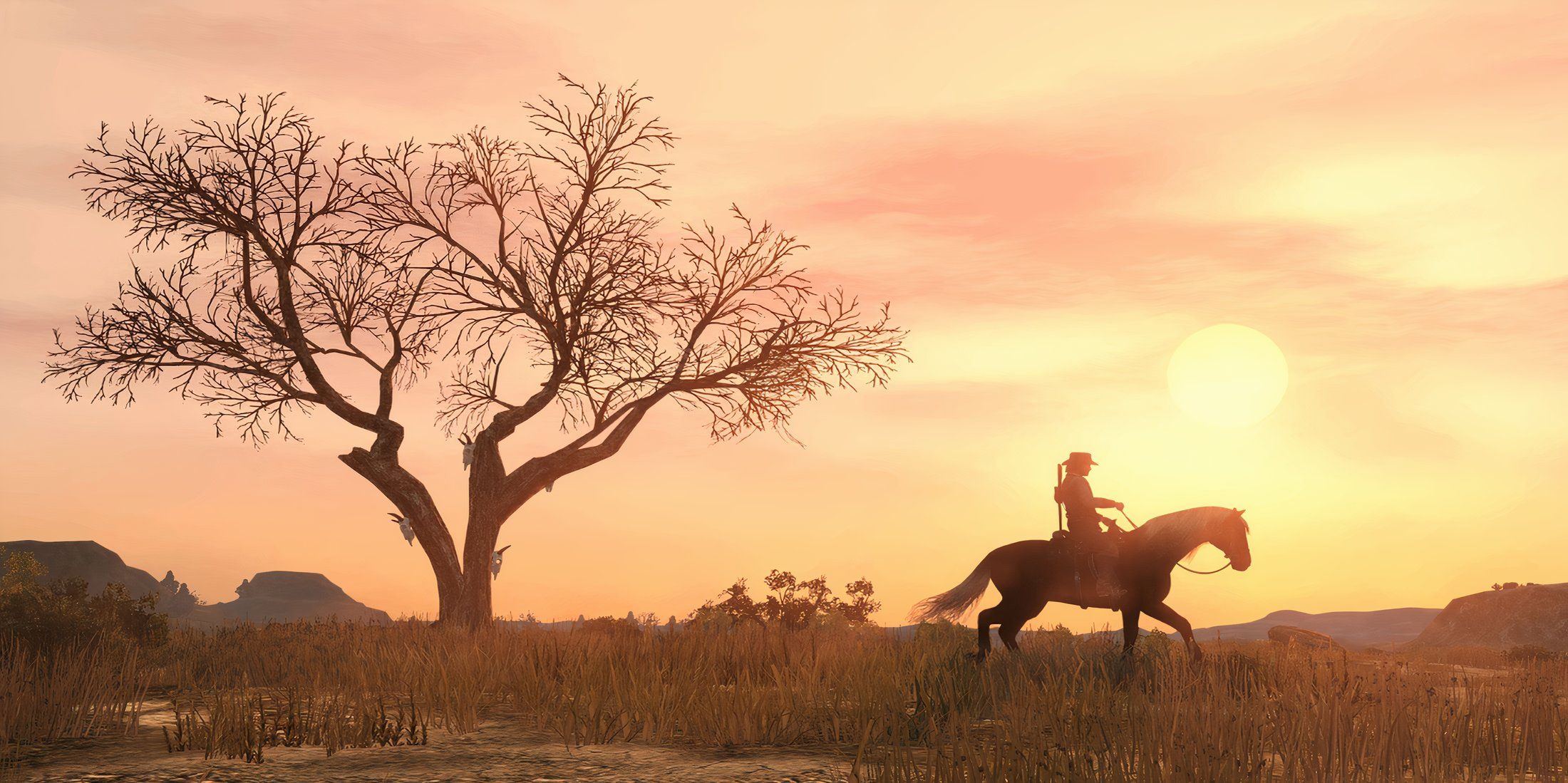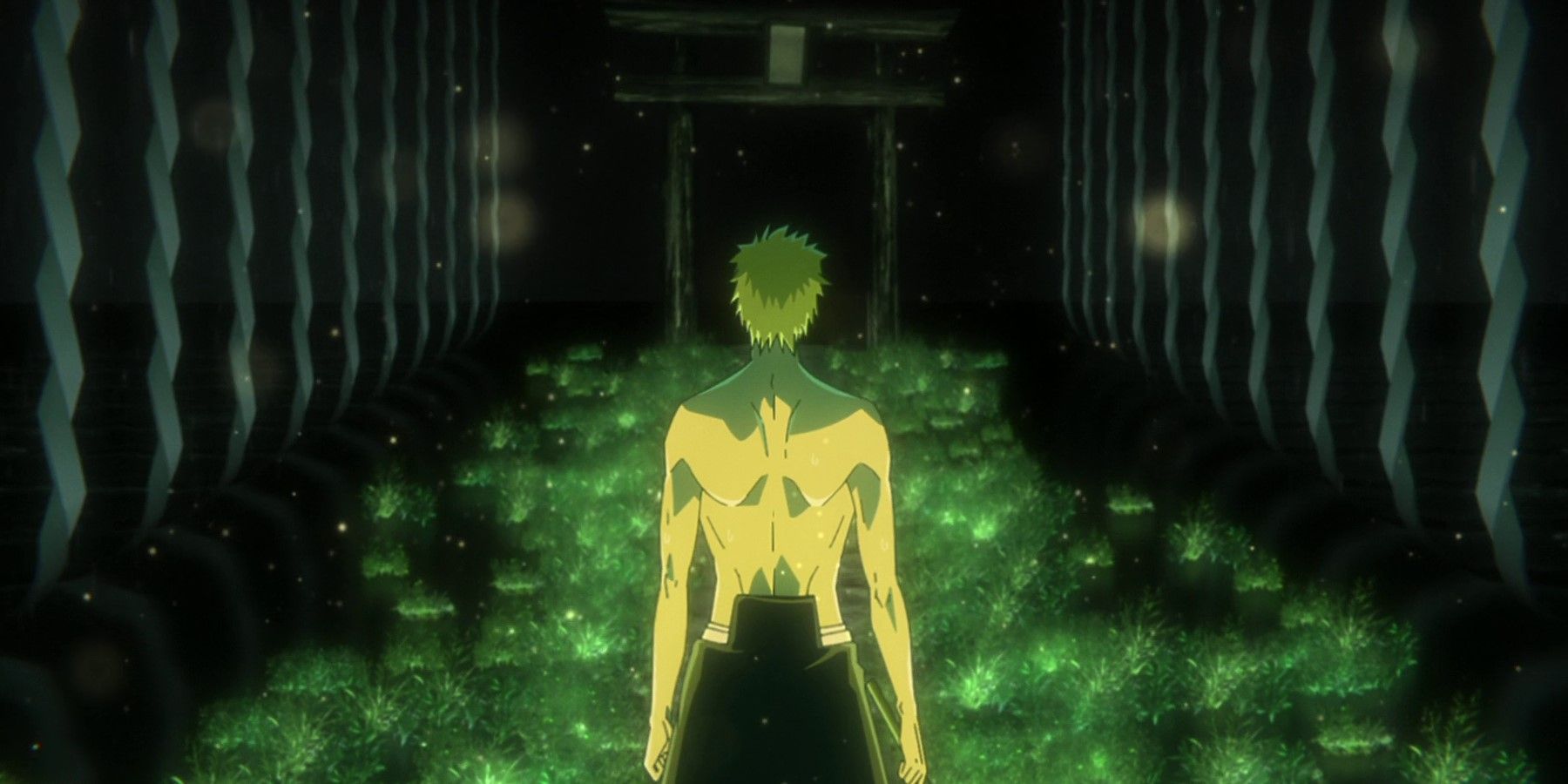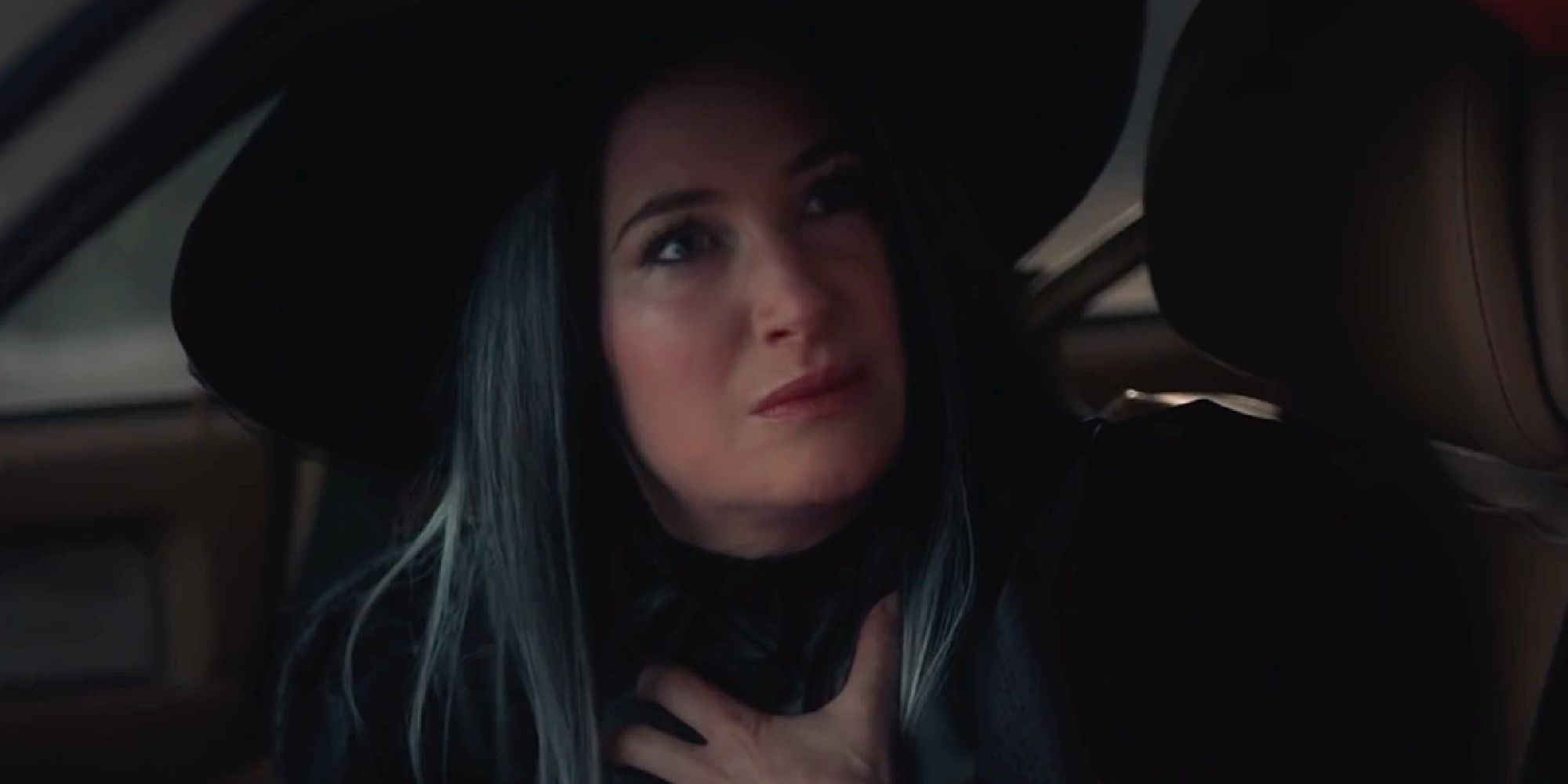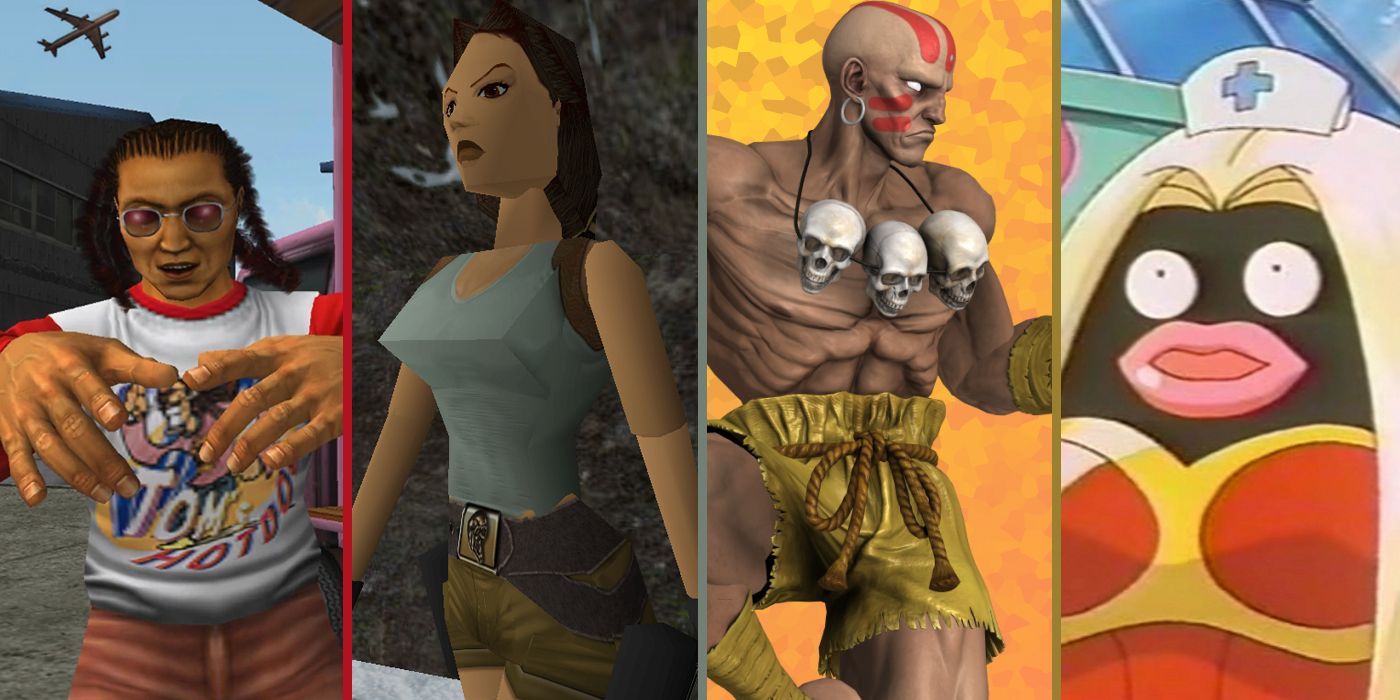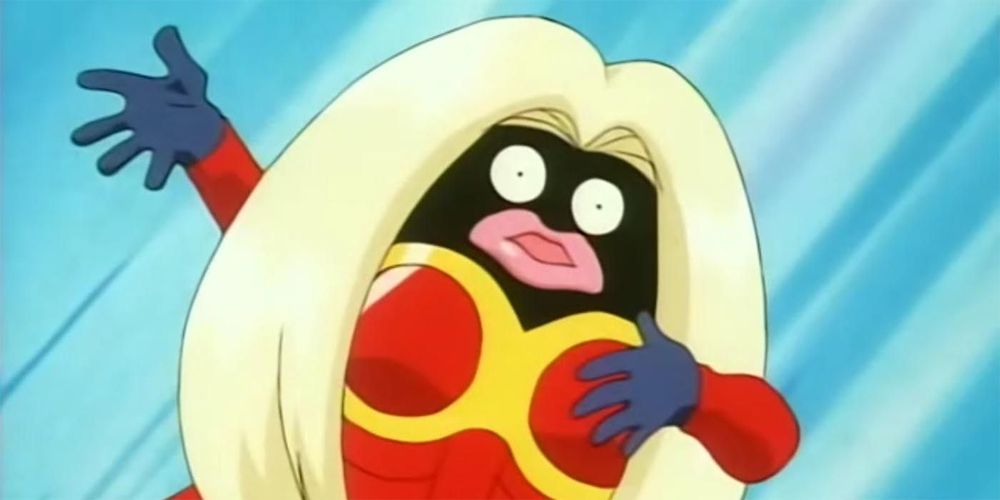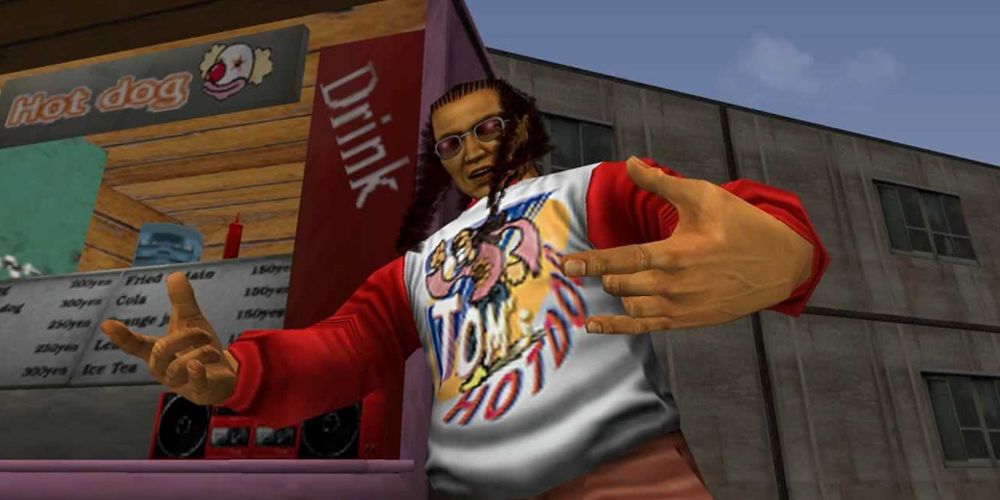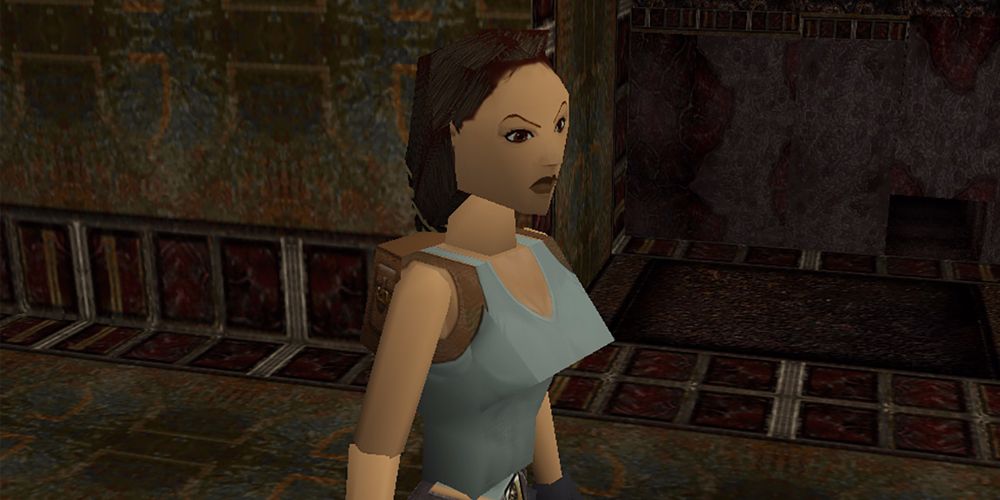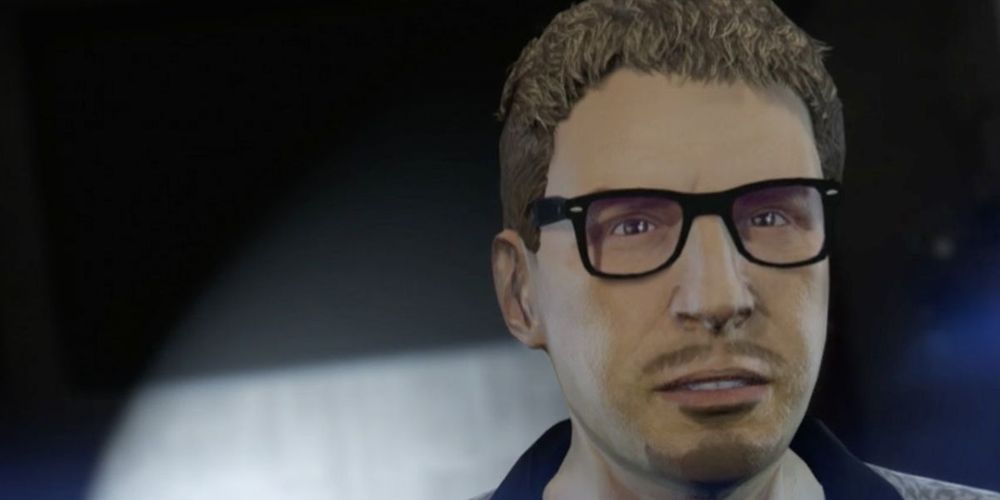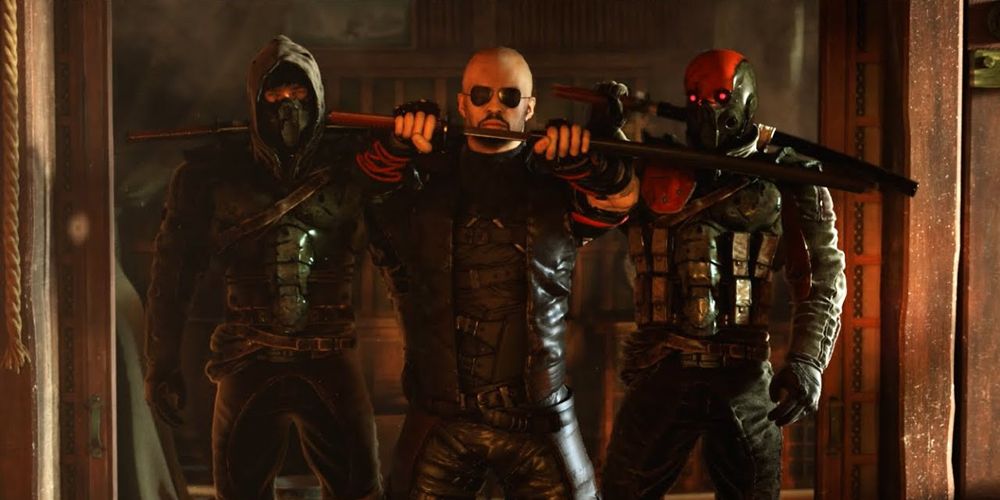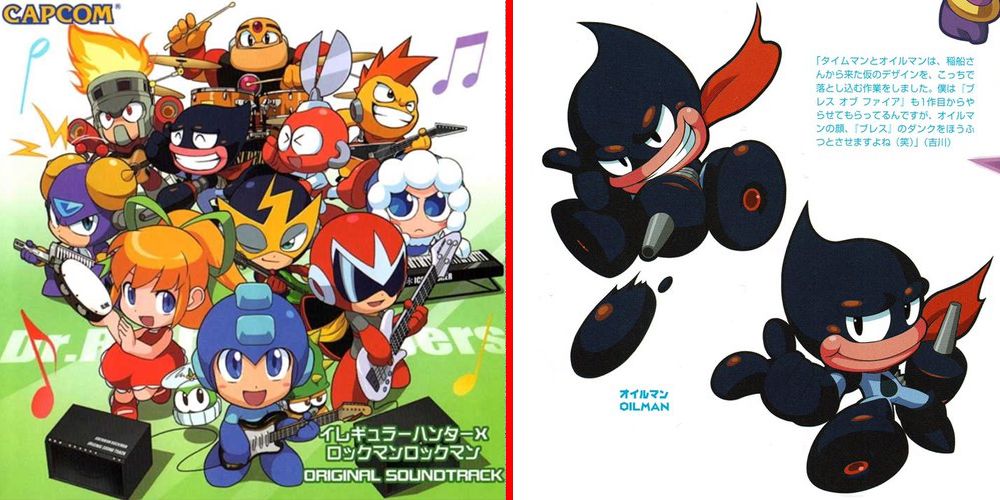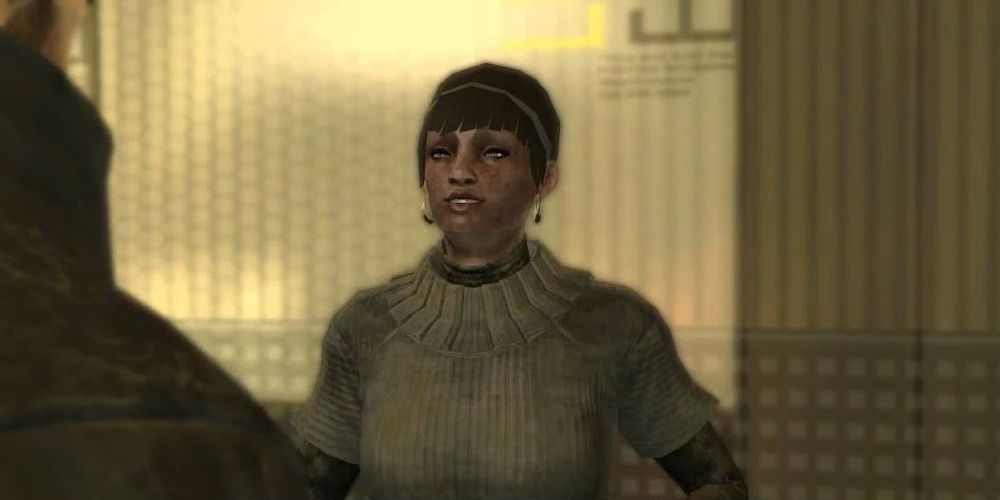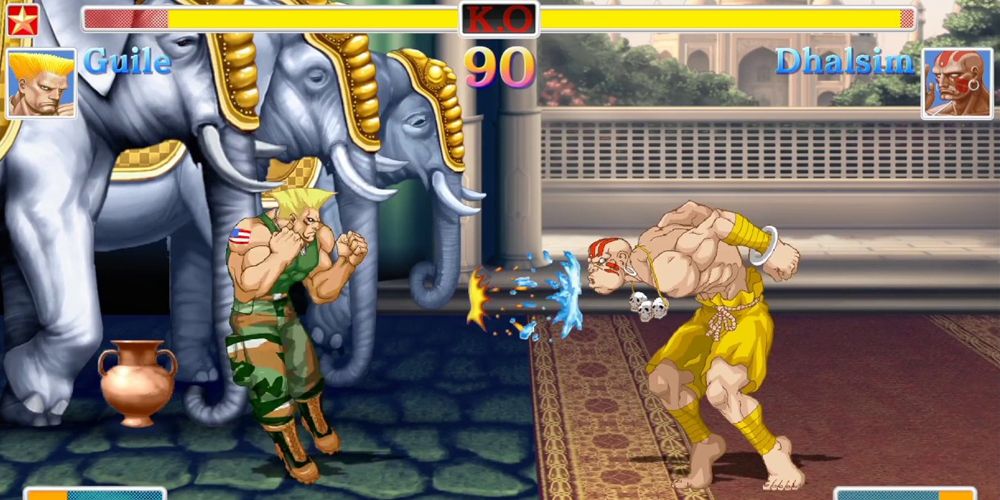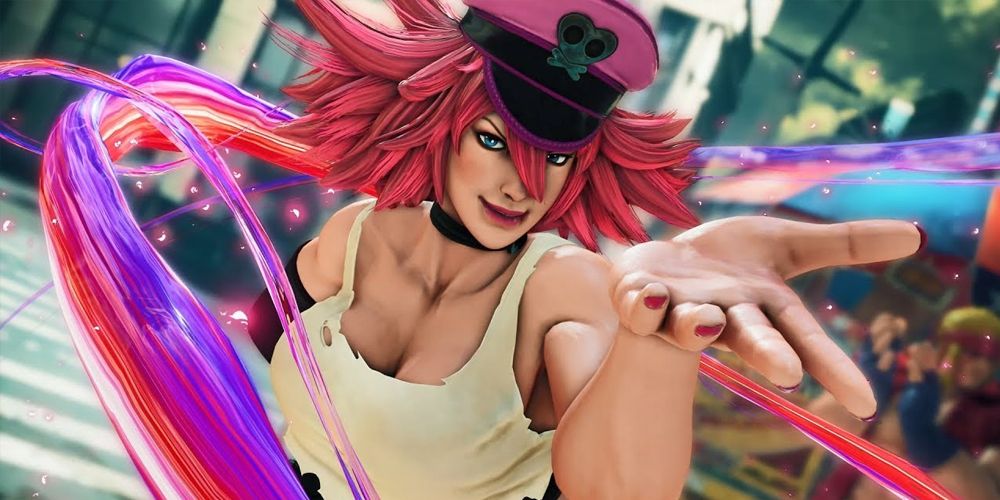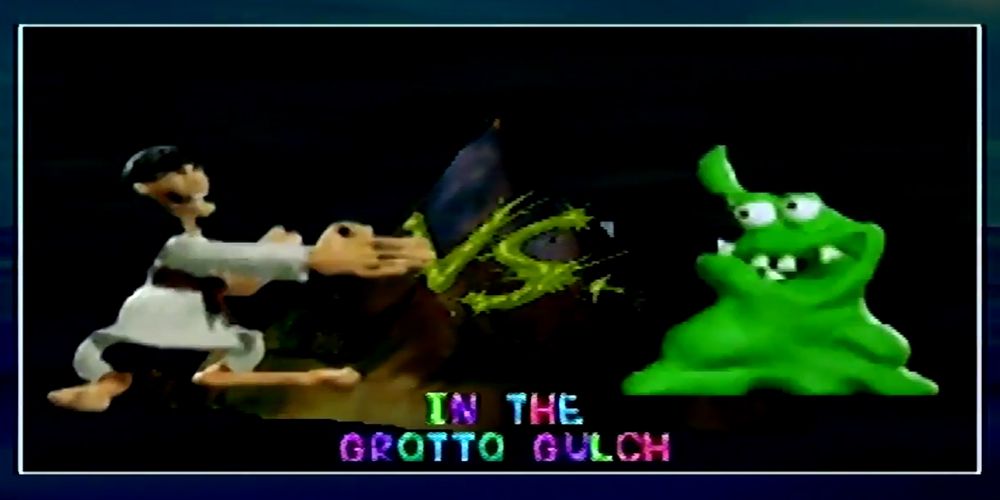When it comes to inclusivity, video games have come a very long way in a relatively short amount of time. Even ten years ago, the idea of a big-budget game like The Last of Us Part II focusing so prominently on the stories of two female characters would have been almost unthinkable. It's something worth celebrating, even if there's still work to be done.
As attitudes regarding what is and isn't appropriate have changed though, it's difficult to forget some of the ghosts of gaming past that continue to haunt the industry. Back in the '90s, sexism and racial stereotyping were fairly common in video games with many characters falling well short of the standards that gamers expect today. It's worth remembering that many of these examples are from a different era and at the time may not have been seen as problematic by most gamers. With the benefit of hindsight though, there are plenty of video game characters that are best left buried in the past.
10 Jynx (Pokémon)
This one's fairly well publicized, but in developer Game Freak's defense, measures have long since been taken to rectify the issue. While they can fix their mistake, however, they can't undo it. The original design for the psychic-ice Pokémon Jynx was heavily criticized for her jet-black skin, huge lips, and bulging eyes, which many were quick to liken to features commonly associated with blackface.
Jynx caused so much controversy that Warner Bros. decided to censor or remove any episodes of the anime in which she was featured, and Game Freak were forced to change the color of her skin to blue in the games. Interestingly, these changes were initially only made in Western releases of the games, although over time, the Japanese versions followed suit.
9 Tom Johnson (Shenmue)
With the possible exception of Mark, none of the Westerners found in the first Shenmue game are portrayed in a very flattering light. They're thugs, they're drunks, and they're gang members. Then there's Tom, who many people saw as a walking caricature of an African-American. These people would be wrong however. It's not that Tom's character isn't problematic, it's just that Tom doesn't actually walk anywhere. He dances— continuously.
Tom can usually be found two-stepping to the beat of the music in front of his hotdog truck. This in itself needn't really be an issue, but when his shift is over and it's time to go home, he continues to dance his way around Yokosuka even without the music. Combine this with his Jamaican accent— though he's from New York— and his girlfriend named "Honey" and you have a character that's dancing precariously along the line between what is and isn't acceptable.
8 Lara Croft (Tomb Raider)
It's always great to see developers making an effort to provide equal and fair representation in video games. For this reason, 1996's Tomb Raider should have been a cause for celebration. After all, at that time it was incredibly rare to find a big-budget game with a female main protagonist. Unfortunately, Lara's original design wasn't much to celebrate.
Her original design was not about empowering women and making them feel as though they had a place in gaming. It was about attracting young men and boys with a protagonist whose defining characteristic was her literal hourglass figure, in particular the top half. Thankfully, Lara's curves have evened out a little over time and in her current iteration, she's certainly a character worth celebrating. The team at Crystal Dynamics deserve a lot of the credit for that.
7 Gay Tony (Grand Theft Auto)
Many of the characters found throughout the Grand Theft Auto games serve as parodies with which Rockstar is able to mock the prejudice found in real life. Whilst this is at times a great way to highlight some of the problems found in our society, it should not provide the company with carte blanche when it comes to the way that it portrays certain groups.
Some might argue that Gay Tony was designed to challenge some of the preconceptions surrounding homosexuals, but in centering the DLC around this character and being so on the nose when it came to his naming, Rockstar crossed a line. It wouldn't be acceptable to place adjectives like "black" or "trans" before a person's name and so the same should also be true of "gay."
6 Lo Wang (Shadow Warrior)
There's sometimes a very fine line between edginess and racism. Most tend to steer clear of it all together to avoid causing unnecessary offence. Whoever designed Shadow Warrior's Lo Wang fell quite firmly on the wrong side. That he's a Chinese man playing the part of a Japanese Samurai is perhaps excusable. What's not excusable, however, are the things that come out of this character's mouth, nor is his offensively insensitive broken English.
Almost everything that Lo Wang says is racially insensitive, with some of the worst offending lines being, "Look like Lo Wang need to cut back on sushi," and, "Just like Hiroshima/Nagasaki/Pearl Harbor."
5 Oil Man (Megaman)
Unlike many Western countries, the attitude towards blackface in Japan can sometimes be a little more relaxed. This might explain then how Oil Man came to be. First appearing as one of the two new bosses added to the 2006 PSP remake of the original Mega Man game— titled Mega Man Powered Up— Oil Man is one of the most visually offensive characters in gaming.
Thankfully, the localization team at Capcom America immediately spotted the character's potential to cause offense. In Western releases of the game, his color pallet was changed to blue and he was given a less prominent position on the game's cover.
4 Letitita (Deus Ex: Human Revolution)
Letitia is a character written straight out of the big book of stereotypes. As a result, anybody wanting to see a textbook example of the offensive "sassy black woman" trope need look no further than Deus Ex: Human Revolution.
Some might try to defend this character by pointing out that black women with these mannerisms do exist— but whether or not that is true, it misses the point of the criticism entirely. For every person that conforms to a stereotype there are hundreds and thousands of people who don't. When a developer chooses to portray one of their game's only black characters in this way, they do both themselves and their players a massive disservice.
3 Dhalsim (Street Fighter)
The Street Fighter series boasts some of the best fighting games ever made. Unfortunately, it also features some of the worst racial stereotyping in gaming to go along with it. Almost all of the series' early cast of characters have the potential to cause offense, although it's perhaps Dhalsim who best represents this point.
A skinny Indian man with flexible limbs and a necklace made up of shrunken skulls has no right to serve as the game's sole representation of Indian people. It demonstrates not only a total lack of understanding of Indian culture, but also a distinct lack of empathy for the people that it carelessly caricatures. As with much of the potentially offensive content found in video games of that era, it seems unlikely that there was any malicious intent behind Dhalsim's design— but lack of intent doesn't always excuse offensiveness.
2 Poison (Final Fight)
When designing 1989's Final Fight, developers wanted to include a sexy female character to appeal to a male audience. Unfortunately, they also had concerns regarding how a Western audience might react to beating up a woman in a video game. Their solution? Make Poison a "newhalf," the Japanese word for someone who is non-binary.
That designers therefore felt that it was acceptable to let players beat up on non-binary individuals certainly has the potential to cause offense. Worse still, the character would later go on to be redesigned as transgender, which could be seen as equally problematic. The localization team seemed to agree with this point of view as in the North American release of early Final Fight games, Poison and her palette swap Roxie were replaced with two male characters.
1 Kung Pow (Clay Fighter 63⅓)
"Would you rike soy sauce with that." and "Egg Foo young!" are just two of the incredibly racist lines spoken by Clay Fighter's Kung Pow. With a move-set named after Chinese food and an overly exaggerated buck tooth hanging ignorantly out of the front of his mouth, this character and the game in which he is featured are all but guaranteed to cause offense to any right-minded person who plays it.
Thankfully there hasn't been a new entry in the series in more than two decades and a lot of things have changed since the game's first release, but Kung Pow really does represent the very worst of gaming's past.

